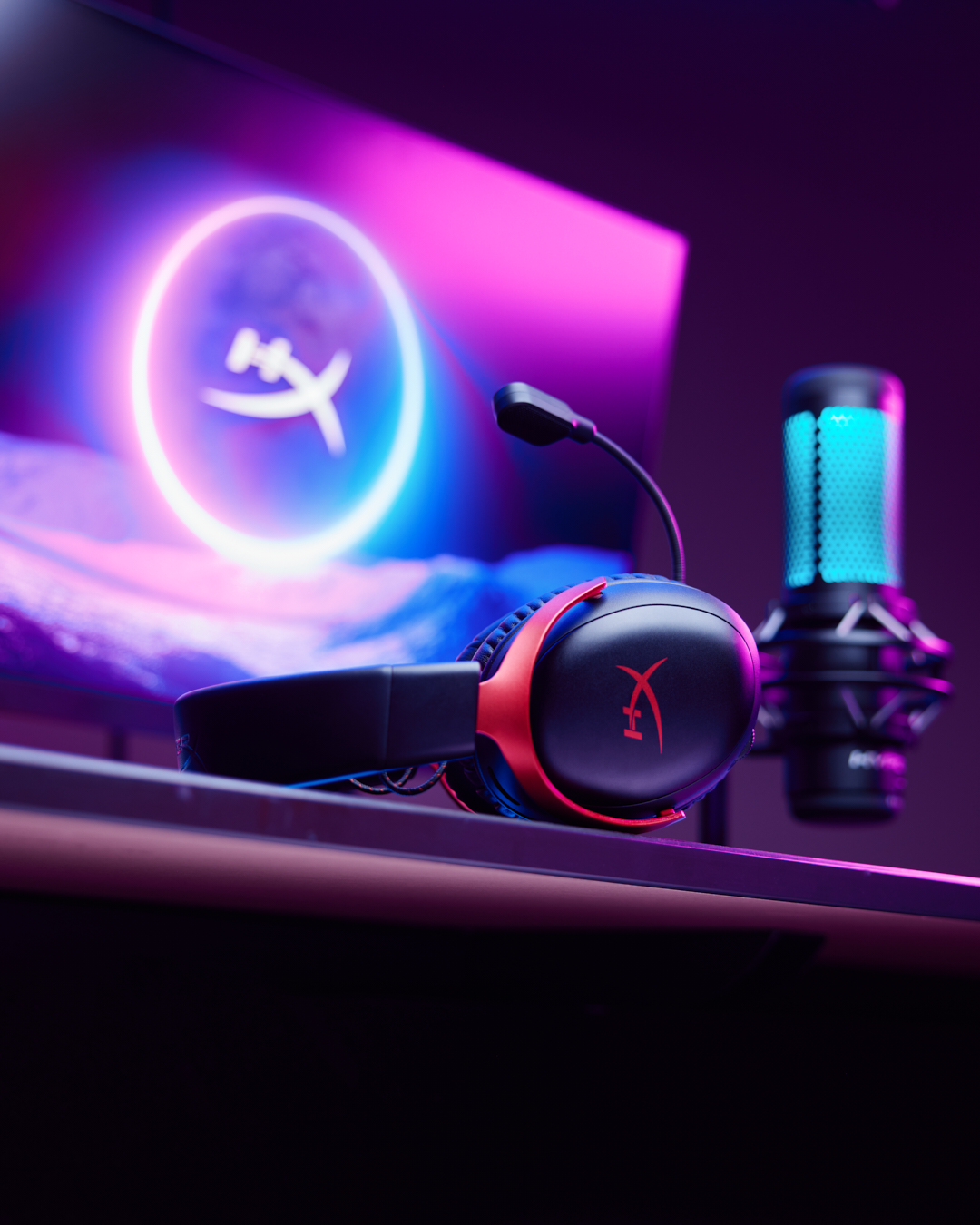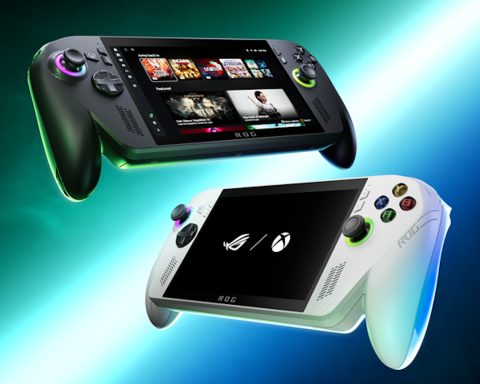Some free advice for headset manufacturers: If it’s going to cost an extra $20 to add Bluetooth to a device (I’m just guessing at a price there… for all I know it’s cheaper), and it’ll cost an extra $10 to have a 3.5mm headphone jack… then add those costs. It would be far better than limiting the use range of a headset.
I understand why the HyperX Cloud III Wireless comes with a dongle, though that’s the only way to actually use the headset. The dongle helps to optimise the experience for gaming, so for people who only need a headset for their consoles or PC, then this ensures that they have an optimal experience (as opposed to turning on the relatively laggy Bluetooth and then complaining about it on social media). And in fairness, though the dongle requires a USB 3.0 connection, that does account for a whole bunch of devices these days. I’m happily pairing my Cloud III Wireless up with my Nintendo Switch, my PlayStation 5, my ROG Ally and my Odin emulation console.
But not my iPhone. And not my Apple TV. And therefore the Cloud III Wireless isn’t really ideal for my music or movies. Things that I enjoy a great deal via Bluetooth with several other very good headsets. Headsets that have dongles for gaming applications, but also Bluetooth and even wired connections for other things. The Cloud III dongle is also patchy with devices that are outside of the things it “officially” supports – it works fine on Odin, for example, but not on my Retroid Flip gaming console, even though both of those use Android as the operating system.
I’m harping on this a lot, but if you’re going to ask for $200 off someone for a headset, then surely the wiser option would be to let them use it for all of their sound needs, rather than essentially force them to shell out for a second, Bluetooth set for non-gaming applications? We’re in the middle of a cost-of-living crisis here. It’s not the time for arbitrarily specialised devices.
Nonetheless, if you can afford the luxury of a set of headphones just for your gaming, then, sure, the Cloud III Wireless is a compelling option. Firstly, it’s bulky, but that’s because it’s very comfortable, with thick, leatherette-covered memory foam earpads. After a couple of uses of this headset it will feel like it fits over your ears like a glove. Additionally, thanks to the thickness of the headset and the way it moulds around the ear, the Cloud III Wireless does a good job of naturally blocking out sounds. It’s not a noise-cancelling headset, but it’ll still keep most ambient noise at bay, allowing you to immerse yourself in what you’re doing.
The boom mic is detachable (so the people at HyperX do know how to give users options that suit their lifestyles and how they want to use the device). It’s a perfectly decent mic for gaming applications, but then I so rarely play multiplayer where communication is core that I’d be lying if I said I didn’t almost immediately detach the mic and just leave it in the box. Again, though, it’s decent quality for barking out commands in whatever multiplayer game you’re playing.
Perhaps because HyperX is assuming that the Cloud III will be used almost exclusively for gaming for most people, the 53mm dynamic driver have been tuned towards helping you really hear the sound experience. Bass sounds are deep and have impact – perfect for putting you right in the middle with that epic battle with Titan in Final Fantasy XVI, or the middle of a war zone in any of those war crime simulators. On the other hand, the mids and highs are relatively weak, so you’re not going to be loading up a stream of your favourite symphony orchestra to enjoy the subtleties of the performances. The driver is powerful and the sound quality is rich and deep. It just doesn’t afford the full range that an audiophile will be looking for.
On the other hand, for the gamer, there are two killer features of this headset that help cement it as a premium option. The first is the spatial audio. It’s very, very good and precise, meaning that whether it’s the atmosphere of a horror game or the intricacies of a competitive online game, you will have a more precise understanding of the action that’s evolving around you.
And then there’s the battery life. HyperX rates it at an incredible 120 hours. I didn’t get the stopwatch out to test that, but I used the thing for some pretty heavy gaming sessions for a week straight and still didn’t need to recharge it. I consider a good battery life to be one where I can forget to charge the device and not have my next gaming session cut short. The HyperX exceeds that by such an order of magnitude that it picks up another problem – I’m almost certainly going to forget to ever recharge it, meaning that one gaming session out of every 15 or so I’m going to try and turn the headset on only for it to remind me that it has finally run out of juice. In that one session I’ll have to use a different headset. Perhaps one of the ones with Bluetooth.
The HyperX Cloud III Wireless headset has just one issue, but it’s a doozy: With only one connection option, you’re going to need at least one more headset in addition to this one. HyperX has immaculately tuned the headset towards deep, right gaming experiences, and there is nothing quite so immersive as throwing this headset on with your ROG Ally for some gaming in bed. In that respect, it’s well worth the $200. I just wish headset manufacturers weren’t so hell-bent on making sure we have a hatrack full of the things just so we’ve got every one of our devices covered.














